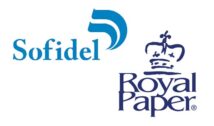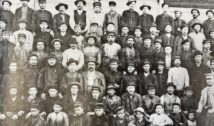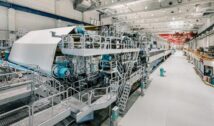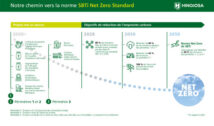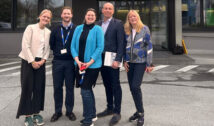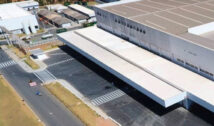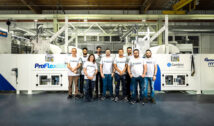
The role of the forest in combating climate change is important and well known. It is, however, less known that the products from the forest’s raw material contribute to large amounts of fossil oil remaining underground. This means, among other things, that BillerudKorsnäs’ operations and products provide a strong, positive climate effect, according to a new study.
– Overall, the effect of replacing plastic, glass and aluminium packaging with paper-based solutions is much greater than what has previously been estimated. We hope that the study contributes to increased understanding both in politics and for commerce, brand owners and consumers when they choose between different packaging materials, says Malin Ljung Eiborn, Sustainability Director at BillerudKorsnäs.
The study is led by Peter Holmgren, forestry specialist and former Director General of the Center for International Forestry Research (CIFOR), and shows that BillerudKorsnäs’ sales of cardboard, paper and pulp contribute to an annual reduction of 5.4 million tonnes of carbon dioxide from the atmosphere. This corresponds to the annual greenhouse gas emissions from the entire Swedish steel industry, or one third of all domestic transport in Sweden. The figure also includes the negative climate impact from BillerudKorsnäs’ operations, which mainly concerns emissions related to the purchasing of input products and transport. BillerudKorsnäs’ production is today 97 percent fossil-free.
– Our role is to stimulate responsible forestry and ensure that fossil-based products are replaced by renewable products. It is very gratifying to receive the confirmation that we contribute to a positive climate effect on such a large scale. In addition we have a large focus on phasing out the remaining 3 percent of fossil fuels from our production, says Malin Ljung Eiborn.
Today, there is no formal method to report the climate effect of replacing fossil products with bio-based products, the so-called substitution effect. The calculations in the study are therefore based on a number of third-party life cycle analyses for comparable packaging solutions. The starting point of the methodology is that the biogenic carbon contained in the paper packaging is part of a cycle where the emissions are absorbed by the forest, while fossil carbon leads to a net addition to the atmosphere.
– In recent years, we have noticed an increased interest in the forest as a raw material. An interesting conclusion from the study is that paper and board products can generate a climate advantage that is significantly higher than if the forest raw material is used directly as biofuel. However, more research is needed within this area to understand the full potential, says Malin Ljung Eiborn.
More information about the climate impact of BillerudKorsnäs and the study is available here: https://www.billerudkorsnas.com/sustainability/climate-impact.



